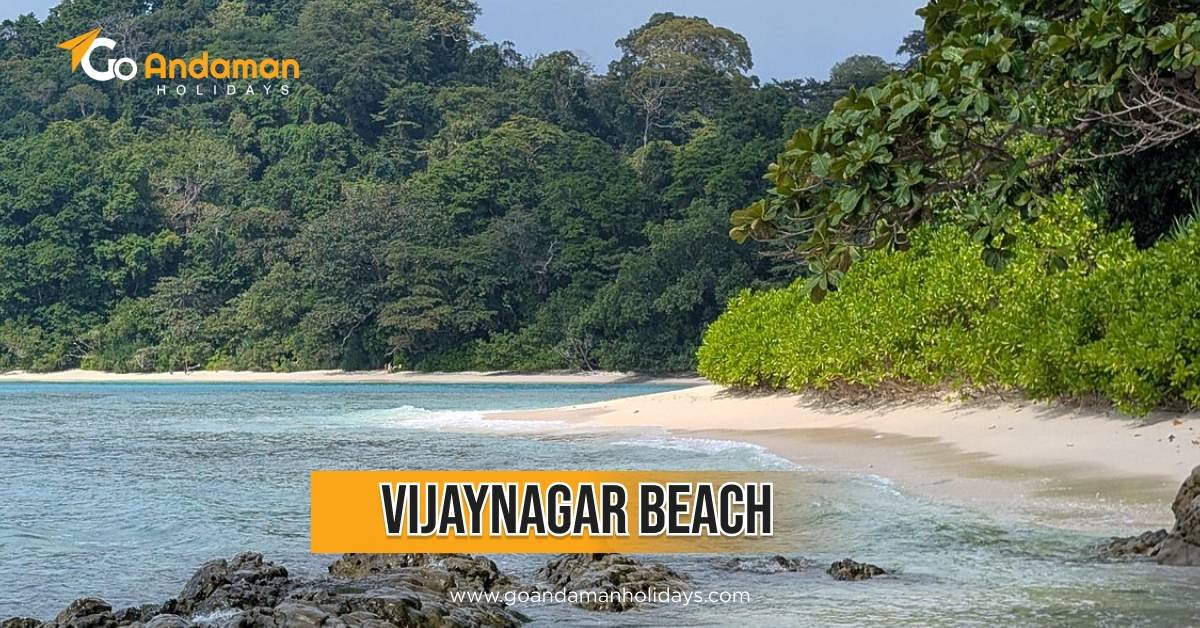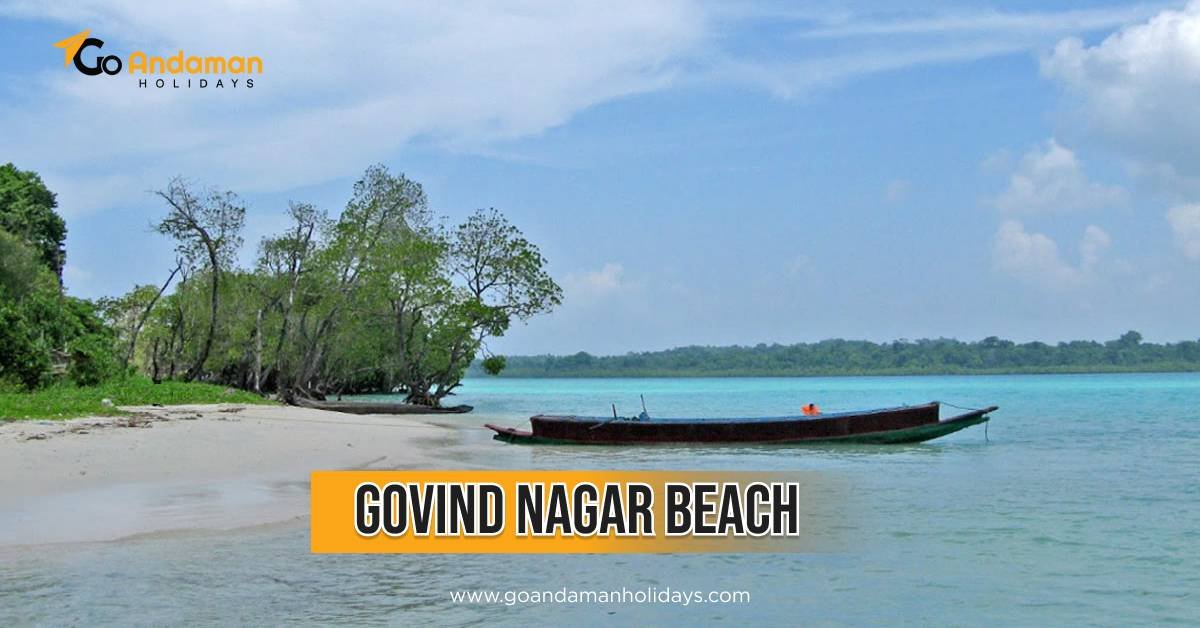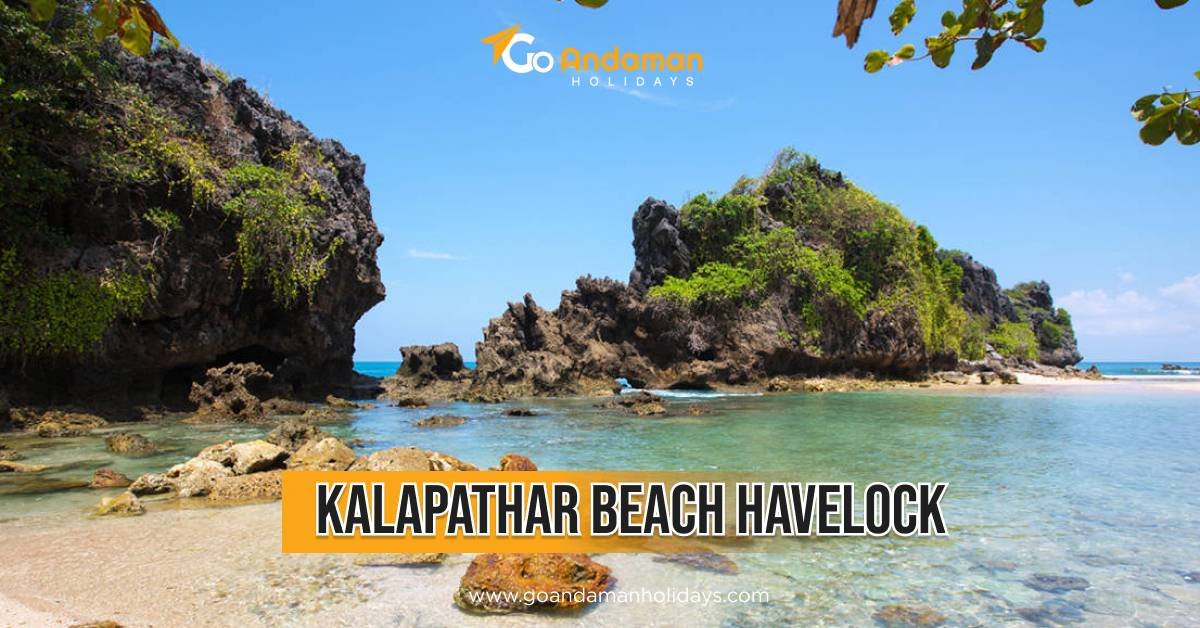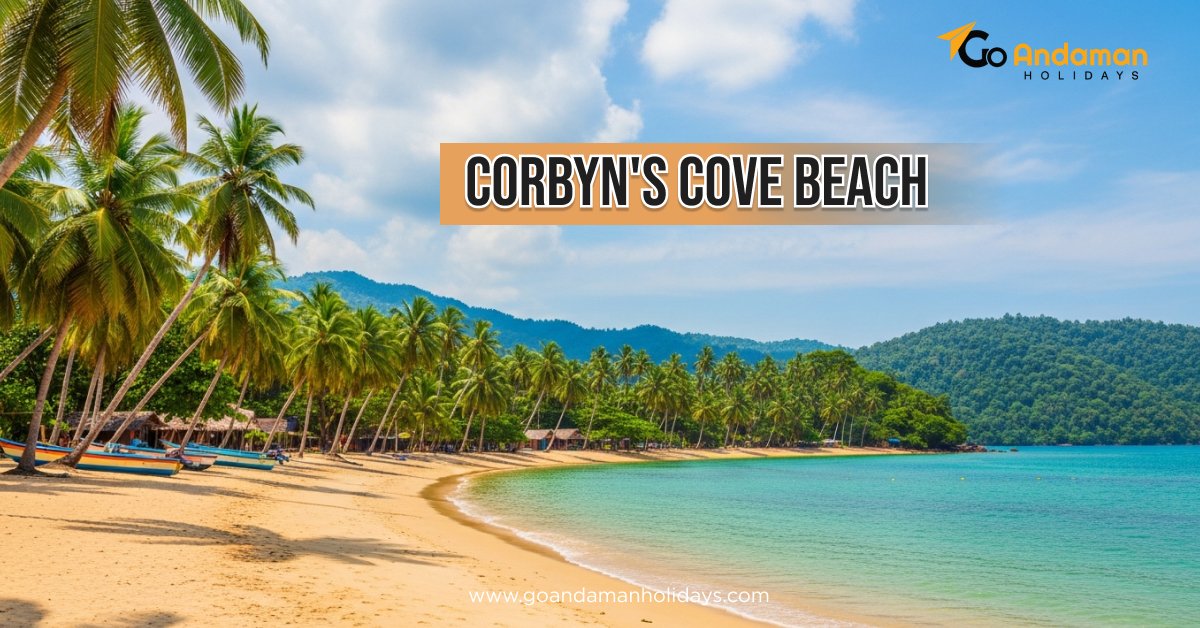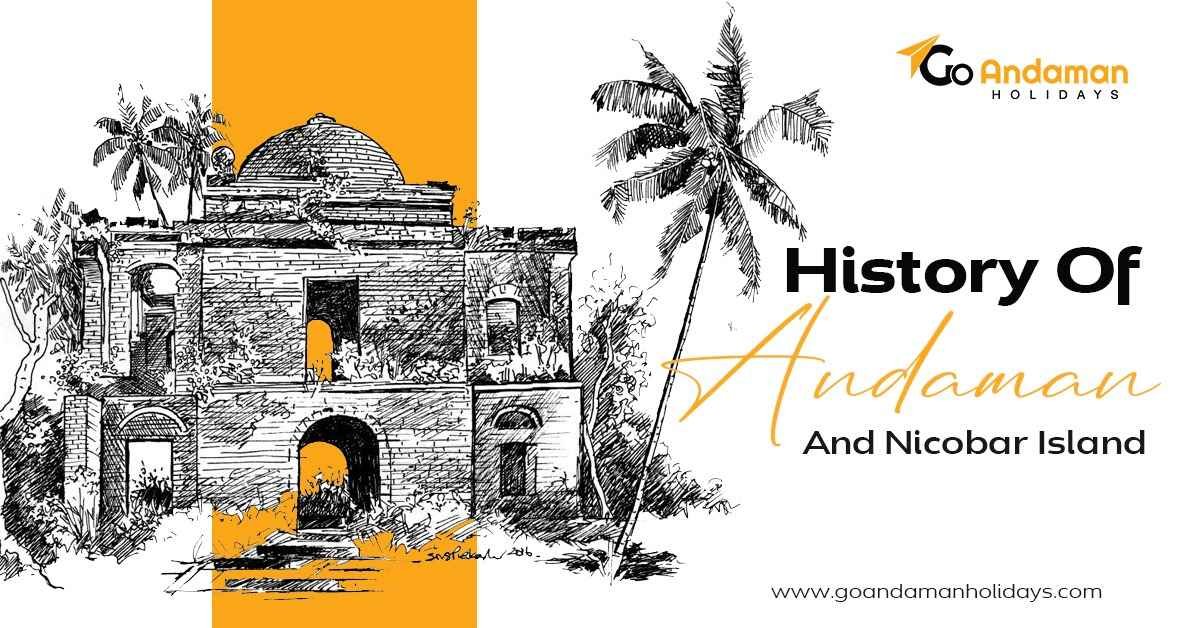
- Go Andaman Holiday
- 18-09-2024
- 0 Comments
10 Tips for Exploring the History of the Andaman and Nicobar Islands
The Andaman and Nicobar Islands form an integral Union Territory of India and are a treasure in history and culture in the Bay of Bengal.
More than 800 islands comprise the Andaman and Nicobar Islands, and only a few happen to be inhabited. Each is a story unto itself.
For ages, the islands have formed an important stopping point for sea trade that used to occur between India and Southeast Asia, and strategically well-placed as such, different civilizations in different eras have been drawn to them.
What has, however, given Andaman and Nicobar Islands a great history? From the tribesmen who have relished nature over thousands of years to the influence of colonial powers such as the British and Japanese in World War II, the islands have seen many historical events.
Are you curious about a deeper understanding of the tapestry of stories that knit these islands together?
Join us on a walk back in time, exploring the history of the Andaman and Nicobar Islands to find some of the tales that still echo today!
Tip 1: Commence with the History of Indigenous
The Andaman and Nicobar Islands house several ancient tribes with rich cultural heritage. Andamanese people include Great Andamanese, Onge, Jarawa, and Sentinelese, who have been surviving for thousands of years on the said islands by hunting and food gathering. On the other hand, Nicobarese are people who migrated from the Malay-Burma coast. Their historical background is a window to look at ancient humanness and their will to survive as cultures.
Tip 2: Consider visiting historical sites.
A visit to the Andaman and Nicobar Islands could never be complete without a scan through some of these historical places. The Cellular Jail in Port Blair is something to look at, also known as "Kalapani." Once serving as a penal colony for political prisoners, today this prison complex stands as a national memorial that has been dedicated to the freedom struggle of India. The list goes on to include Ross Island, the erstwhile headquarters of the British administration, and Viper Island, which was a Convict jail, among many more. Each of them speaks of some history of these islands.
Tip 3: Do some colonialism effects research.
The arrival of the European powers in Andaman and Nicobar Islands first took place in the 17th century, but it was during the post-First War of Independence in 1857 that the British set up a penal colony in these islands. The isles proved an apt location to exile political prisoners to, more so the reputed ones of the freedom struggle. The British just wanted to suppress dissent by transporting revolutionaries to this particular place, and hence, they would be cut off from the mainland.
Setting up the Cellular Jail was one important phase in this colonial history, as the prison housed many prominent freedom fighters. The harsh realities of life in this jail epitomized the brutal tactics employed by the British to maintain control over the islands and suppress the independence movement.
Tip 4: Find out about the Japanese Occupation
During World War II, the Andaman and Nicobar Islands were occupied by the Japanese armed forces from 1942 to 1945. The time was filled with unrest, and even the Cellular Jail did not remain in the hands of the jail authorities but fell into the hands of the Japanese, who used it according to their purposes. Most British prisoners of war along with suspected Indian supporters were badly treated during this period.
It also marked an uprising of the Indian nationalist sentiments, as for the first time Subhas Chandra Bose hoisted the Indian National Flag on these islands. The defeat of Japan in 1945 brought them back to the British. This historical legacy of the period forms an essential constituent element in the history of these islands - a story of mingled colonialism and resistance.
Tip 5: Engage with local museums.
The local museums form part of the essentials in understanding the history of the Andaman and Nicobar Islands. The Samudrika Naval Marine Museum in Port Blair displays marine biodiversity and naval history, whereas the Anthropological Museum provides insight into the culture and tradition of the indigenous tribes. These museums provide context and artefacts that enrich your historical exploration.
Tip 6: Take a Guided Historic Tour
You can even make it more enjoyable by taking part in guided historical tours. You get to have well-informed guides who give personal insights and outline the history. You can take tours to the Cellular Jail, where you understand the hardships that the freedom fighters faced, or Ross Island, which showcases remnants of British colonial rule. Most often, such tours involve visits to some of the important sites, thus making history more interesting and informational.
Tip 7: Read Historical Literature
You may read relevant literature on the history of the islands for a view in greater depth. Books recommended are "The Andaman Islands: Archaeology and Early History" by Pankaj Mishra on the old era and "The Cellular Jail: A Saga of Struggle and Sacrifice" by Rani Ray on the experiences of political prisoners. In this way, the understanding and appreciation of whatever historical sites you come across will be value-added.
Tip 8: Attend Cultural Events
It is also a great way to enjoy the rich cultural heritage in the Andaman and Nicobar Islands by participating in various local events and festivals. Some, like the Island Tourism Festival, celebrate unique traditions of indigenous tribes and locals through cultural displays, with participating musical and dance troupes. This not only opens up opportunities for greater insight into the culture of the islands but also into the people and way of living.
Tip 9: Respect the Cultures of Indigenous People
Exploration of Andaman and Nicobar Islands should not be bereft of courtesy to the local inhabitants. The people are virtually contacted by outsiders, with many tribes still in a no-contact lifestyle. Never take pictures without asking for permission first. Do not enter their land and never disturb their way of life in any other manner whatsoever. Respect for their culture and private life is one way of gaining their trust for posterity's sake.
Tip 10: Take a Lesson from History
As you dwell on the history of the Andaman and Nicobar Islands, pause to reflect on the lessons of the past. Reflect on the perseverance of the indigenous tribes, the struggles for freedom, and the results of colonial rule. Contemplation of such historical tales can make your appreciation for the islands even greater and inspire a deeper understanding of the complexity of cultural identity and heritage. May these elements be welcomed into your journey through this remarkable region.
Conclusion
The history of the Andaman and Nicobar Islands speaks to time, resistance, struggle, and cultural richness. From the times of ancient tribes to colonial influences and further to the effect of World War II, each chapter adds weight to your understanding of these pristine islands. When engaging in such a historical process, therefore, kindly ensure that you enjoy and learn the local culture of these indigenous people, should allow their cultures to be part of your experience and be ready to learn from history.
Frequently Asked Questions
1. How can one arrive at the Andaman Islands?
There are two ways that you can use to get to the Andaman Islands either by air or by sea. The only airport in Andaman and Nicobar is in Port Blair and has flights from Delhi, Kolkata and Chennai. You also have access to passenger ships from Chennai, Kolkata and Vishakhapatnam.
2. Is an Indian passport necessary to go to the Andaman Islands?
This is a misconception as Indian Nationals do not need a passport to visit the Andaman Islands. But the Aadhar card or voter’s identification card which is more like an identity card issued by the government will still be necessary to possess.
3. What are the necessary papers required to be carried by foreign tourists if they want to visit the Andaman Islands?
Tourists who visit from another country for the tour of Andaman should possess a passport and visa. The Department of Immigration, Government of India is responsible for issuing visas to foreign visitors. In addition, they need to get a Restricted Area Permit (RAP) to visit some areas of the islands, which is issued upon reaching airports or can be applied from Indian missions in other countries.
For convenience, you can contact Andaman's local tour operators.
YOU MAY LIKE ALSO:-

